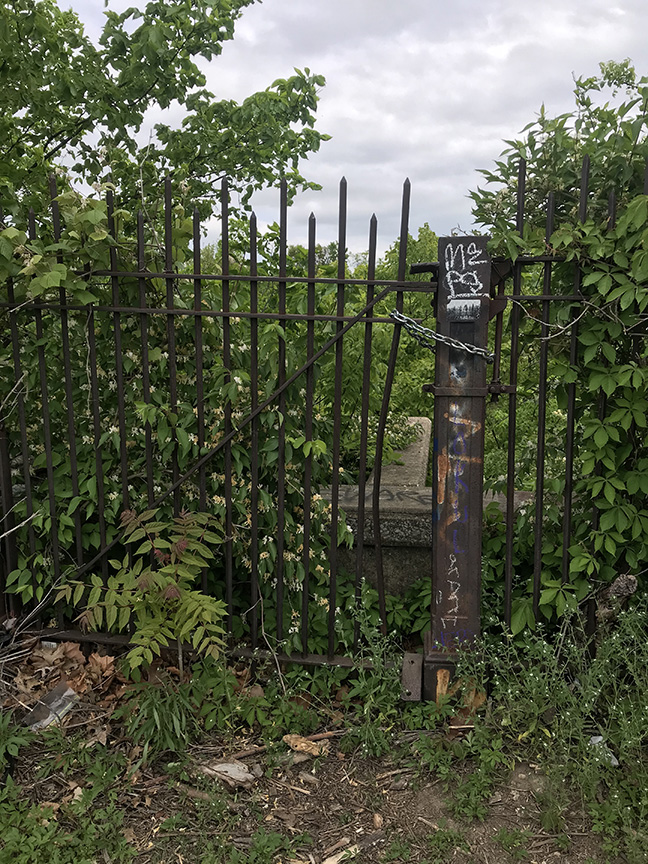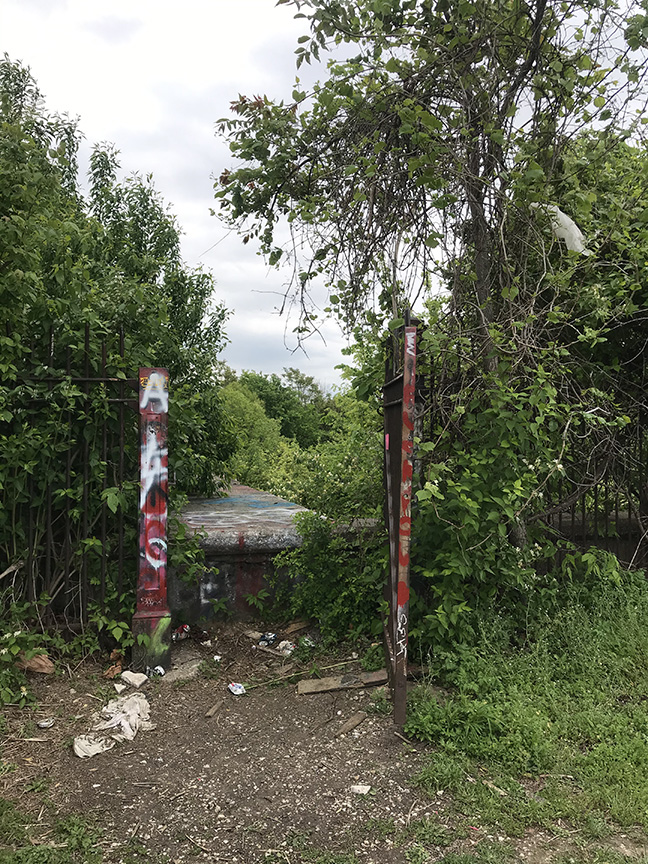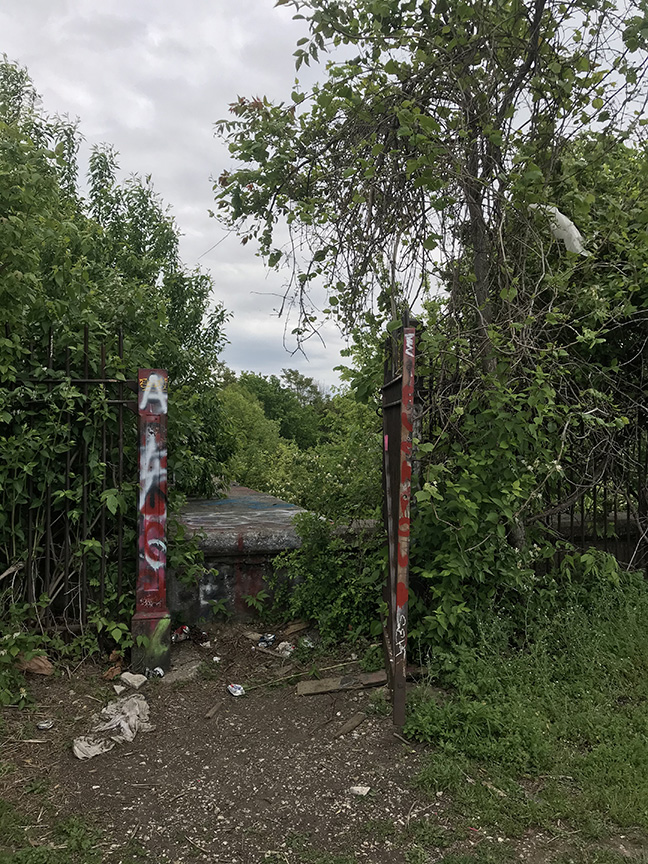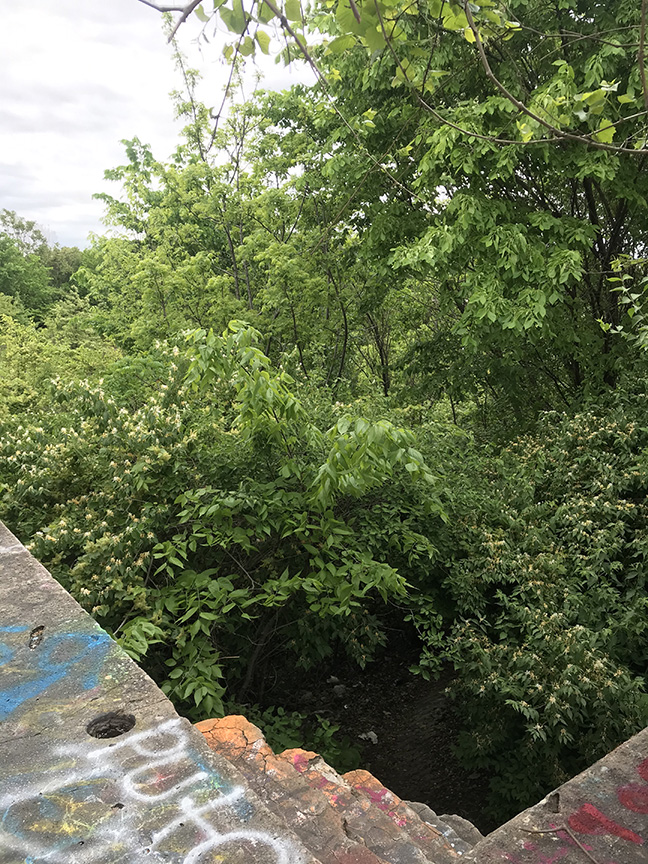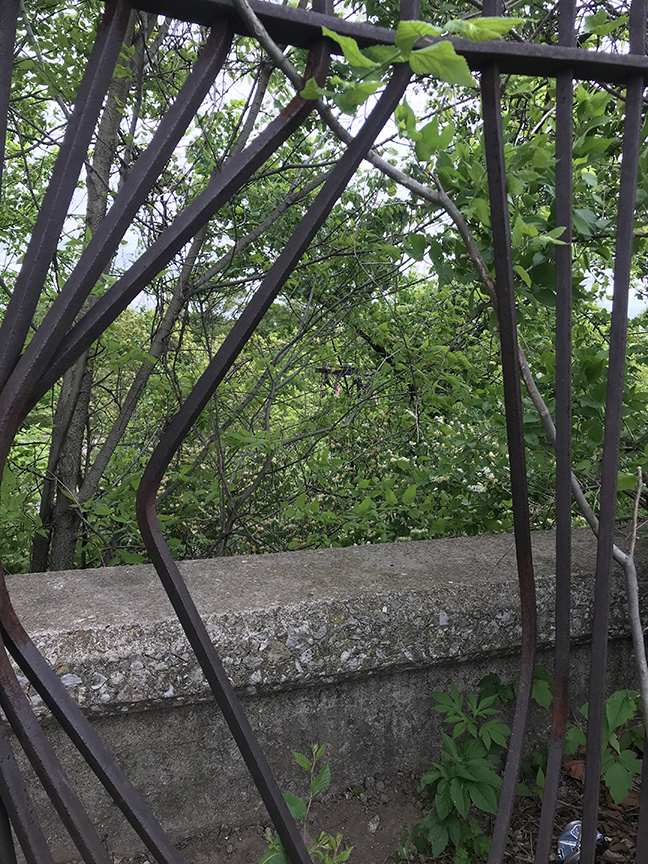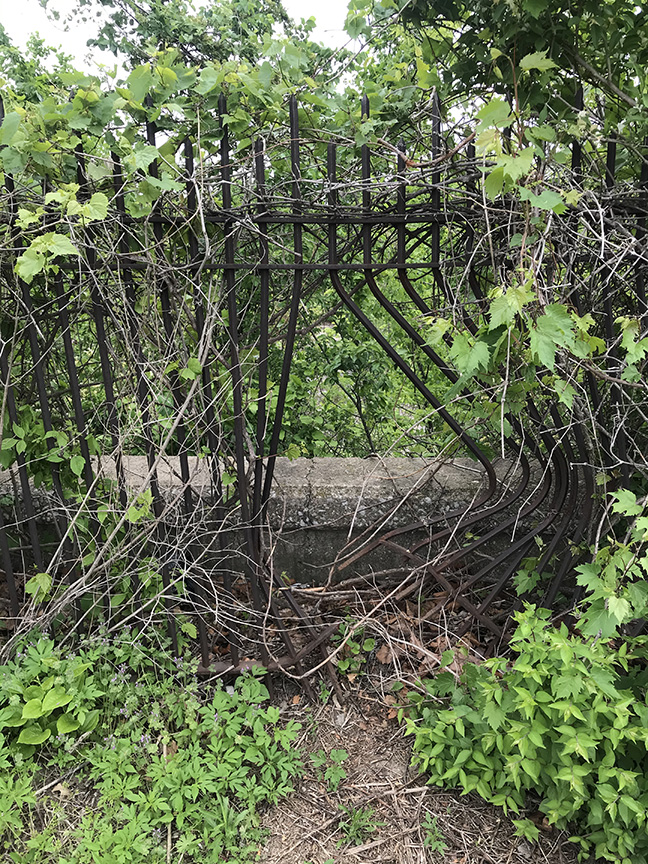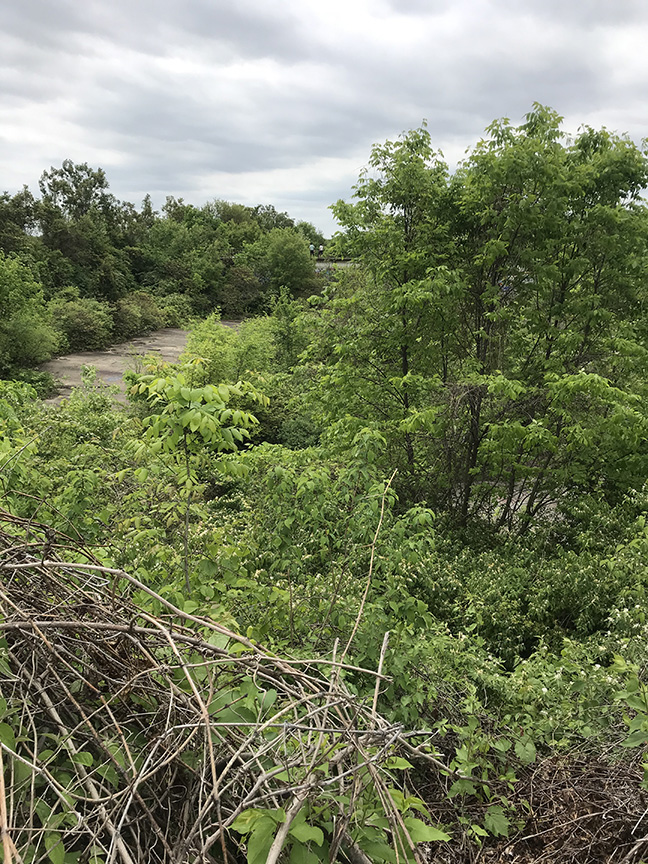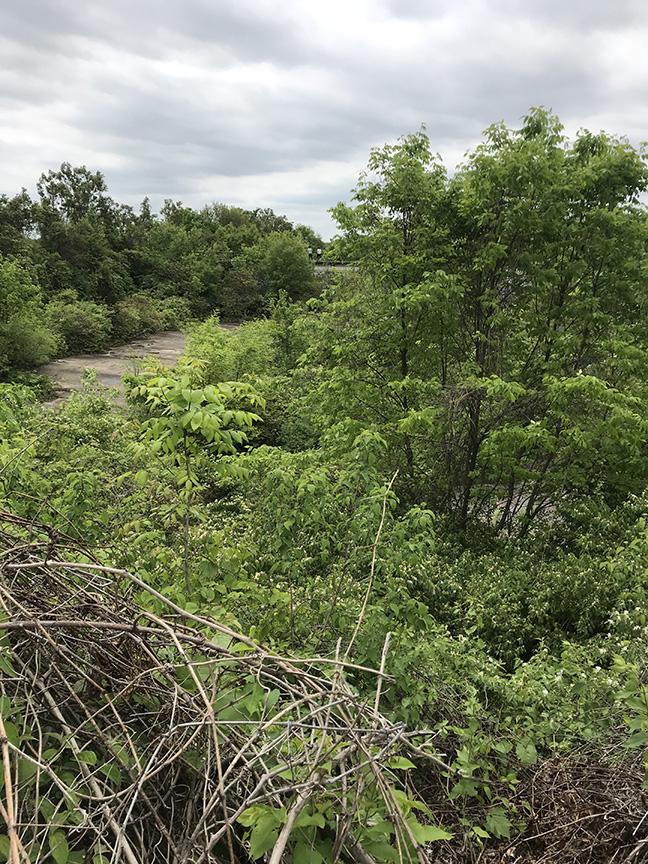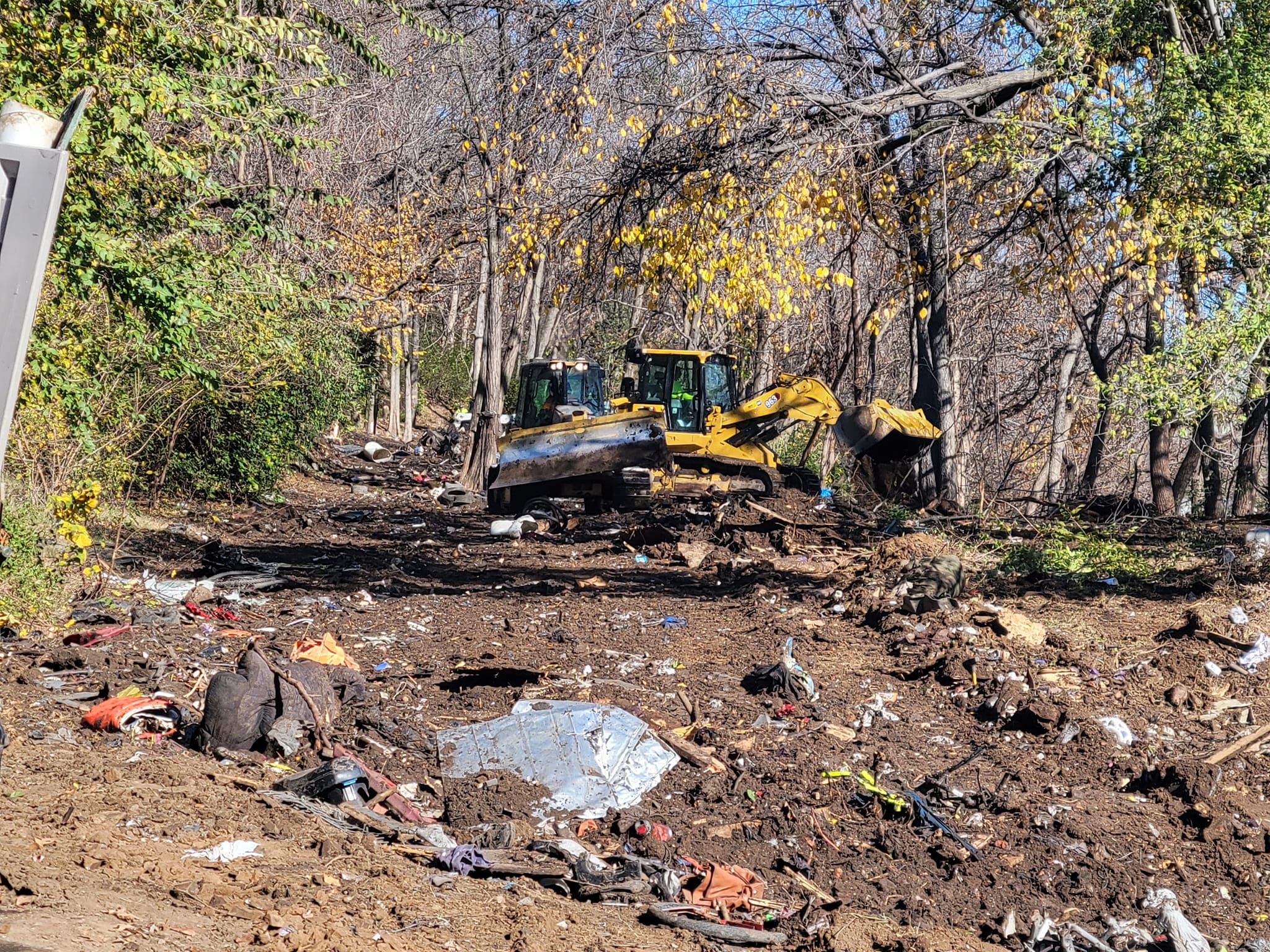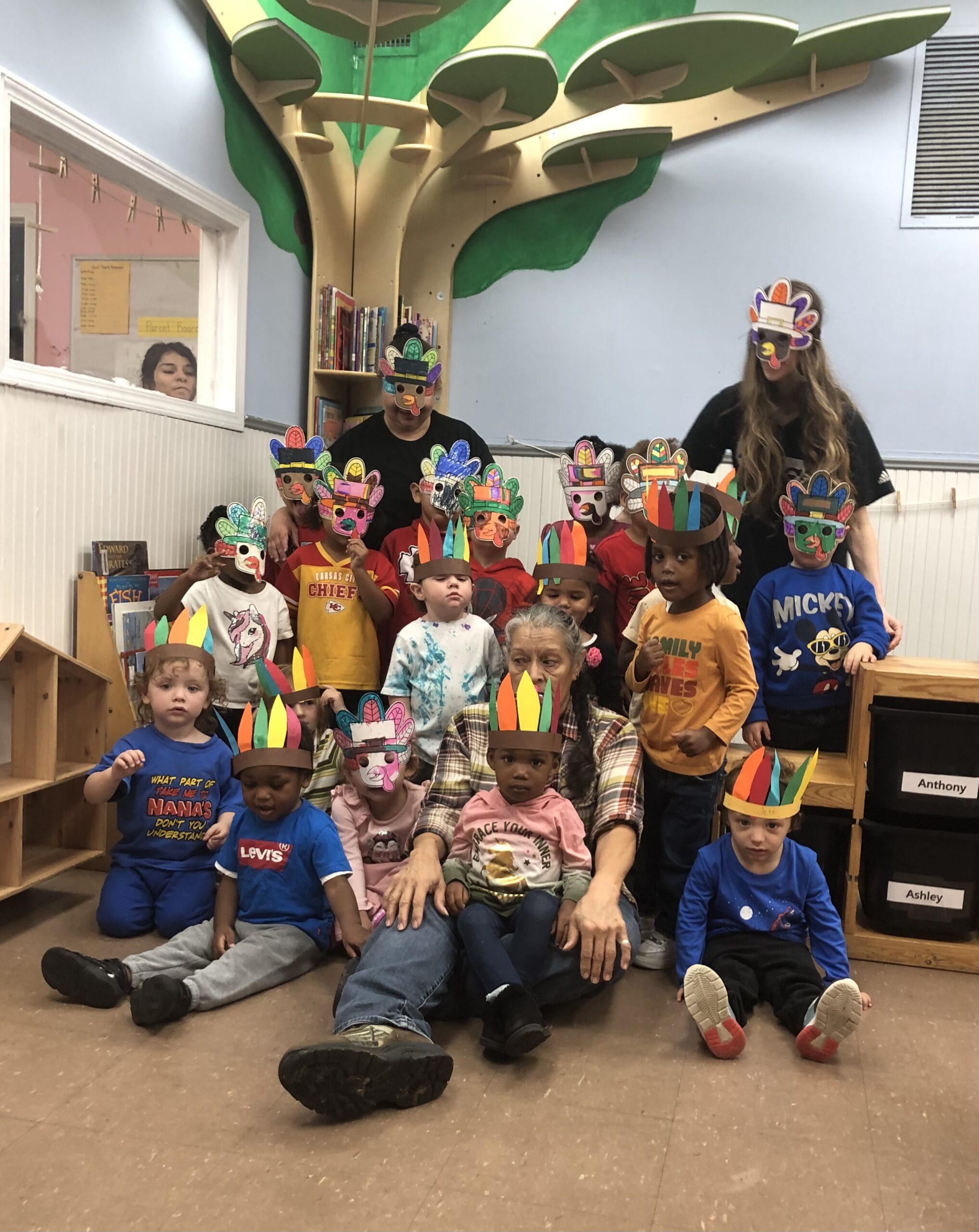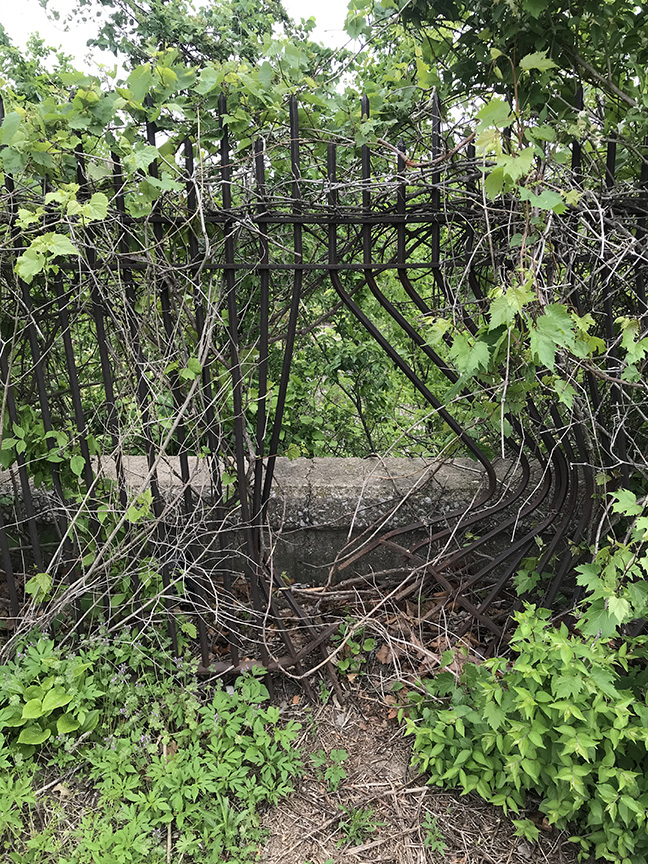
Abby Hoover
Managing Editor
Kessler Park’s reservoir, abandoned since 1931, will be the subject of the latest reimagination project from students at the Kansas City Design Center (KCDC).
KCDC is an interdisciplinary urban design program located at 1018 Baltimore Ave. in downtown Kansas City. The program is a partnership between the architecture, planning and design programs of Kansas State University (KSU) and the University of Kansas (KU).
The KCDC works in partnership with academic, professional and civic institutions to provide students a unique educational experience. Their projects aim to improve the public realm by engaging with local stakeholder groups to develop architectural and urban design concepts and implementation proposals addressing critical real-world issues such as affordable housing and resiliency throughout the Kansas City metro.
Each project culminates in a comprehensive publication, which serves project stakeholders and communities. Dating back to 2012, KCDC has completed projects focused on Kessler Park, Independence Avenue and the Scarritt Renaissance neighborhood. They did a study a number of years ago on the reservoir, engaging the community and working with the park department. Now they’re back to take a second look and explore how to move forward.
KCDC has received a $25,000 National Endowment for the Arts (NEA) grant to support the Kessler Park Reservoir Revitalization project, which will create a community-centered design vision study for the repurposing of the abandoned water reservoir into a public space and create a framework for its implementation. The grant has to be spent within two years.
This project is among 1,073 across the nation that were selected during the first round of 2021 funding in the category. KCDC has also received over $5,000 in support from the Kansas City Parks and Recreation Department.
“The purpose of the project would be to really engage with the community to kind of take the next step in exploring the possibility, how the reservoir can be repurposed and turn into a community shared space and a public space amenity for the community itself,” said Vladimir Krstic, KCDC Academic Programs Director and KSU Professor of Architecture.
The team believes that if they combine everybody’s tremendous potential, they can use this project as an opportunity to create a design study that moves closer to the possibility of implementation. This time around, they anticipate the outcome of the project will be a very expansive visioning and design study for the possibility of repurposing the reservoir, with the community’s ideas being embedded in the project itself.
“Parks and Rec is also interested in moving forward with that,” Krstic said. “In our conversation with them, they’re really supportive of the project but would like to look at a project that has some kind of feasibility to it. We don’t do only academic studies, our studies are really kind of based on the desire to move us closer to the implementation – community and the City, too.”
Since KCDC is staffed by students, it cannot act as a professional design firm. However, the input they gather, the research and data they collect, and the final project document can be used as a blueprint for the community to seek professional services toward implementation.
Community engagement is a large part of every project KCDC works on, but with COVID-19 putting in-person meetings on hold, they shifted to virtual engagement. However, since the reservoir is in Kessler Park, they are hoping to do some in-person events, as well as hosting online meetings, surveys and information.
“The most important aspect of this project is really that it becomes your project rather than our project,” Krstic said to the Pendleton Heights Neighborhood Association (PHNA). “I think that this whole park, including the pond and the reservoir, is a tremendous amenity to the city, not only this community but to the city, and we firmly believe that it needs to be restored to the level which really becomes what it can be, become an important asset for your community and the city as a whole.”
Some of the city’s oldest graffiti tags from the 1970s are in the reservoir, one neighbor noted. Krstic agreed, saying they are interested in preserving them as an artifact that is part of the community. When they did the first study on the reservoir, they worked with people who spent time there, and will respect, honor and integrate the history that’s been left behind in the form of graffiti.
Although the program has gone through various incarnations since it was founded, for the last 12 years, KCDC has created a program that allows students from K-State and KU to come spend a year in Kansas City engaging in community-based projects.
“The purpose of the program is to serve as a platform for community engagement and promoting excellence in urban design,” Krstic said. “We engage always with projects that have some kind of community relevance, we also try to build relationships with different agencies from the City – planning, parks and rec, and other departments – and also local partners like LISC, like ULI or Downtown Council, or any other community we’ve worked with.”
Their research and analysis can be used as a resource for the community, local government or other agencies who might move this project forward in the future.
“In a way we kind of fill in the gap that exists between professional services and the City’s capacity, so really we’re kind of the bridge between the professional community and the City as we create this kind of vision,” Krstic said.
The students at KCDC are in their final year of a five year graduate program from one of the two universities, and are in Kansas City between a year and a year and a half, usually focusing on one project. Krstic believes a designer’s ability to engage with a community and those who are served by a project is just as – if not more – important than technical ability.
For some, this is their first opportunity to practice community engagement, including site visits and direct exchange with clients or users, and social responsibility. About 50% of the program’s alumni choose to stay in Kansas City and become agents of change after graduation because of the relationships made and commitment developed during their time at KCDC.
“As much as they develop their professional skills, there was this missing component from their regular curriculum to understand that a significant part of design is design advocates, and that’s how you work with a community to develop an idea, level the scope of possibility, understand the issues, and then actually work together with the community,” Krstic said.
KCDC Project Coordinator Mariah Randell knows that if a community isn’t included from the very beginning, a project will be useless because it won’t have community input and the strength to support it through to implementation.
Throughout the project, they’ll host community engagement meetings, work to expand their online engagement opportunities and share social media updates. They are considering a type of display in the neighborhood to share their work.
Students will begin the Kessler reservoir project when they report to KCDC in August, and Krstic anticipates making connections with other surrounding neighborhood groups and stakeholders throughout the summer.
Krstic thinks of the project as a stewardship of ideas, and said this year’s project might lead to subsequent projects further exploring the possibilities and keeping those ideas alive.
The first reservoir project they did was focused on trying to understand the condition of the shell, understanding issues with crime, the history of graffiti, and presenting ideas that were in some sense a little far fetched, Krstic said.
The reservoir’s shell is cracked and is leaking water, creating water management issues on Cliff Drive.
“We want to create a study that now brings the community and Parks and Rec much closer to say, ‘Okay, how do we do this?’ and there is a seed idea – it’s more than a seed idea, it’s a developed design plan that’s vetted by the community, the community will say, ‘We are interested in this happening,’ – and that would lead to eventually the community working with the City, finding the resources,” Krstic said.
The community can then take that plan and apply for PIAC funds or other City funds, and work with the appropriate departments to implement it using professional services.
“Parks and Rec really specifically asked us if we could work toward something that could be implementable, and Parks and Rec also recently did the Advisory Services Panel, and they’re really looking at how to utilize existing park space, offload parks that haven’t been used or are rundown,” Randell said. “So I think there’s a lot of momentum behind this project already to really get it off the ground.”
With Parks and Rec’s support, the follow-up study has potential to kickstart an implementation plan, Randell said, adding that the department would really like to see something happen in this area because Kessler Park and Cliff Drive are so highly utilized, added to the community support.
“The simple way to think about it is that we create inertia in community development, we do that through design,” KCDC Executive Director Terrance Clark said. “We’re not a professional studio, but these are students who are very close to beginning their professional careers and they’re getting that leadership experience and used to that whole process.”
When it comes to the reservoir project, KCDC can connect things in a way that may not be apparent. The Parks Department is working to create equity and quality in public space, and Krstic thinks Northeast is the perfect place to pursue those things.
At this point, nobody knows the status of the reservoir’s shell. KCDC is part of the Global Design initiative in Kansas City, which brings together stakeholders who are interested in improving urban environments. Part of that initiative is creating a data platform for the City where developers, engineers and others can find initial information for any project, which would enable any project to be as good as possible. KCDC is working with them to use LIDAR (Light Detection and Ranging) scanners to penetrate into the ground and assess the state of the reservoir, and then they will be able to determine what’s possible.
The other factor will be taking the plan developed with community input and breaking it into phases to make it feasible based on resources. The NEA grant cannot be used to build anything – it’s only for the study – however, it can be used to prototype urban furniture or temporary installations.
“In the end the hope is that whatever we produce, it feels like it is produced by the community, rather than by us, an external agency,” Krstic said.
KCDC plans to translate their materials and updates into Spanish to reach a broader population in Northeast.



